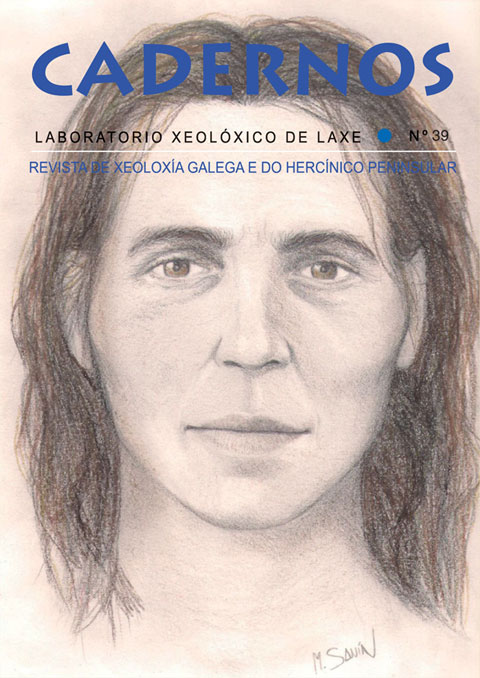Morphologic Map of “Sima del Uro” (NW, Spain)
Main Article Content
Abstract
Sima del Uro (NW, Spain) is a cave that although it has been developed in limestone, it has morphological characteristics defined by the recent tectonic activity in the area. Inside this cave it has been discovered a quality important paleontological fini-Holocene deposit that does not correspond, as is usual in the area, with a cave of hibernation or room but it was developed by the fauna fallen from the outside in the trap defined by a doline of collapse. This work presents the morphological cartography of the cavity that indicates the situation of the paleontological remains found.
Keywords:
Downloads
Article Details
References
Bini, A., Quini, Y., Sules, O., Uggeri, A. (1992). Les movements tectoniques récents dans les grottes du Monte Campo dei Froi (Lombardie, Italie). Karstologia 19, 23-30.
Bögli, A. (1978). Karsthydrographie und physische Speläologie: Springer, Berlin, 292 pp.
Cigna, A. (1971). An analytical study of air circulation in caves. International Journal of Speleology 3, 41-54.
Collina-Girard J. (1996). Prehistory and coastal karst area: Cosquer Cave and the “Calanques” of Marseille. Karstologia 27, 27-40.
Diaz, M. (1995). Avance al catálogo espeleológico del karst de Liñares (Pedrafita, Lugo). Furada 9, 4-8.
Eraso, A., Pulina, M. (1994). Cuevas en hielo y ríos bajo los glaciares. Mc- Graw Hill/Interamericana De España, S.A. Madrid.
Ford, T.D., Cullingford, C.H.D. (1976). The science of speleology: Academic Press Inc., London, 593 pp.
Gilli, Ê. (1986). Neotectonique dnas les massifs karstiques. Un example dans les Préalpes de Nice: La Grotte des Deux Gourdes. Karstología 8, 50-52.
Gilli, Ê. (2015). Karstology. Karst, Caves and Springs. En: Elements of Fundamental and Applied Karstology, pp. 190-210. CRC Press. Taylor & Francis Group, Oxon, UK.
IGME (1978). “Os Nogais”, MAGNA 50–125. Instituto Geominero de España. Madrid.
Moore, G.W., Sullivan, N. (1997). Speleology - Caves and the cave environment: St. Louis, Cave Books, 176 pp.
Pflitsch, A., Piasecki, J. (2003). Detection of an Airflow System in Niedzwiedzia (Bear) Cave, Kletno, Poland. Journal of Cave and Karst Studies 65(3), 160-173.
Schuster, R., Novak G. (1999). Die Wetterführung der Salzgrabenhöhle (1331/29) bei Berchtesgaden. Sonderveröffentlichung der Höhlenkundlichen Arbeitsgemeinschaft Rosenstein/Heubach e.V. 42 pp.
Šebela, S. (2008). Broken speleothems as indicators of tetonic movements. Acta Carstologica 37(1), 51-52.
Vidal Gorosquieta, A., Grandal-d’Anglade, A., Vaqueiro-Rodríguez, M. & Vidal-Romaní, J.R. (2016). Galician aurochs: a morphologic, metric and isotopic study. 1st International Meeting of Early-stage Researchers in Palaeontology. Libro de resúmenes. Alpuente, 13-16 septiembre, 2016.







